All about digital camcorders
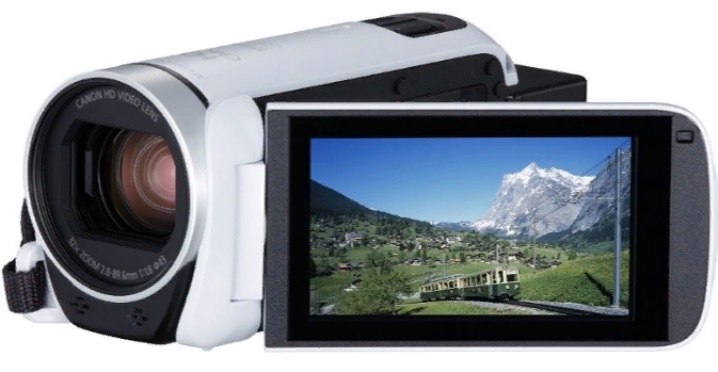
It is important for all modern people to understand what a digital video camera is and how to choose such equipment for shooting. Such devices will be useful both in the home and in the semi-professional segment. Therefore, it is worth learning about their features, types of media, recording methods, as well as analyzing the list of popular modifications.
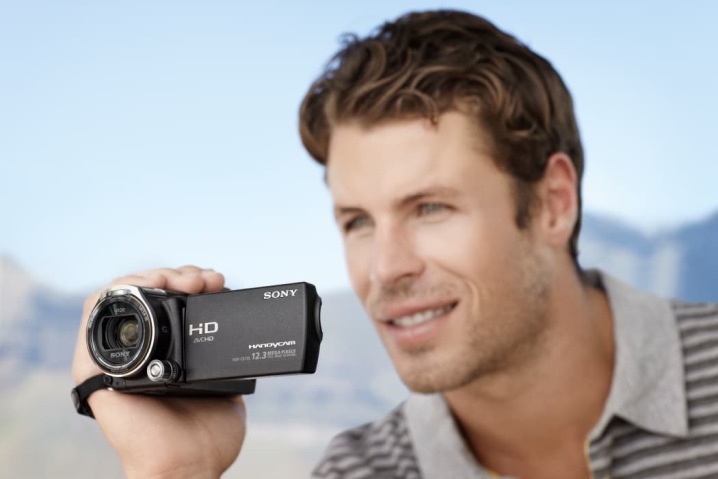
What it is?
It may seem that the functions of a digital video camera are completely taken over by a smartphone or tablet. All mobile gadgets really have built-in cameras, and most are equipped with two shooting points. However, a stand-alone device will be better than a built-in one anyway, even if the latter is built into a premium smartphone. The difference is palpable even when compared with consumer-grade cameras. But it's not only that.
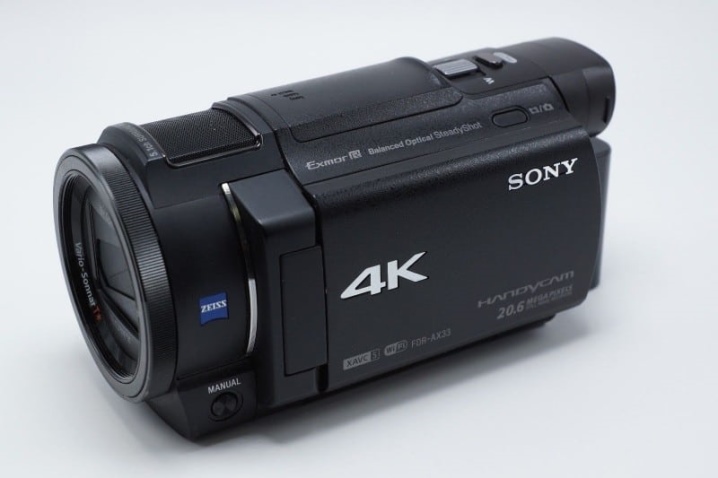
A stand-alone imaging device is simply more convenient and stable to use. You can safely shoot without fear that a sudden call or an accidentally pressed touch button will interfere with the process. In addition, the individual camera controls are definitely more convenient than the video controls on a smartphone. And one more advantage - video cameras make you think. Their owners are simply forced to understand the nuances of shooting, editing, interfaces, formats. This will be an advantage for those who want to develop and not stand still or degrade.
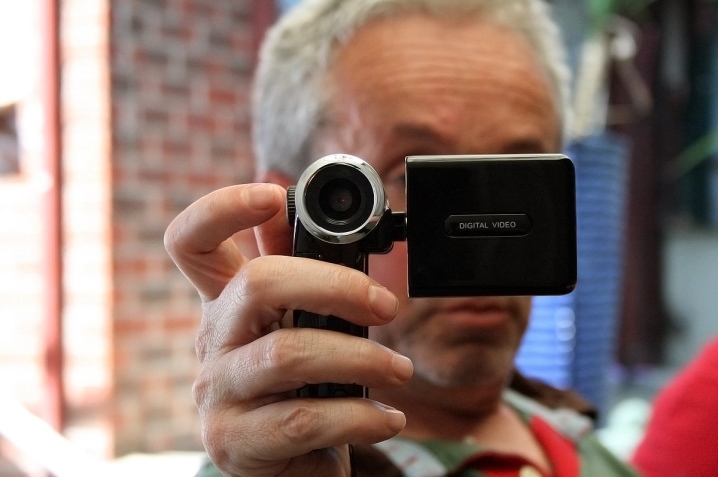
But you need to understand that bringing the video into a more or less decent look will definitely take a lot of time. Therefore, the camcorder will gradually discipline its owners. They will have to choose as clearly as possible what to shoot, where, how and for what, and not just press the button at the first prompt. Therefore, the general conclusion is: the digital camera is not a toy.
Before buying a video camera, you should definitely ask yourself whether there is enough time and willpower, organization and concentration to master all the necessary skills, whether there is enough money for additional purchases.
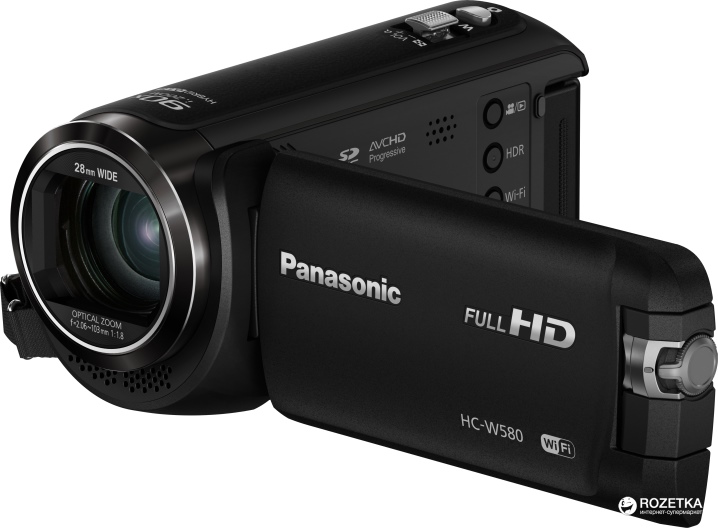
Device and principle of operation
Even if the answer to the previous questions was negative, it is desirable for general development to understand how exactly a digital video camera works. WITHThe structure of the lens and the optical laws that govern it are here the same as those of the earliest cameras, which appeared in the 1830s. The difference appears only in the image receiving unit. When the light flux passes through the lens, it hits the matrix. There a fingerprint is formed, which is transferred to the permanent memory of the camera.
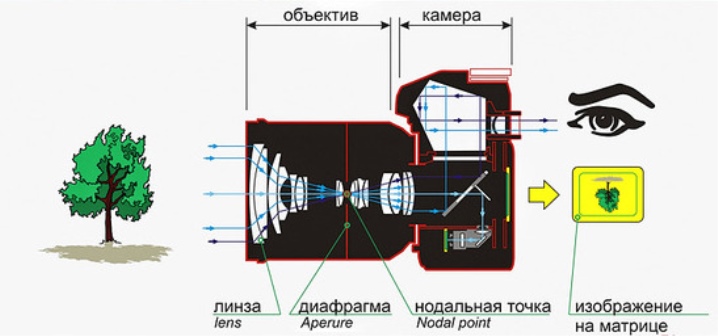
The shutter of a digital device can be made according to a mechanical or electronic scheme. Occasionally these solutions are combined. Depending on the preferences of the designers, the lens is either built into the device itself, or attached additionally. Today you can buy cameras with both metal and plastic housings. The matrix is formed by a huge number of individual cells called pixels.
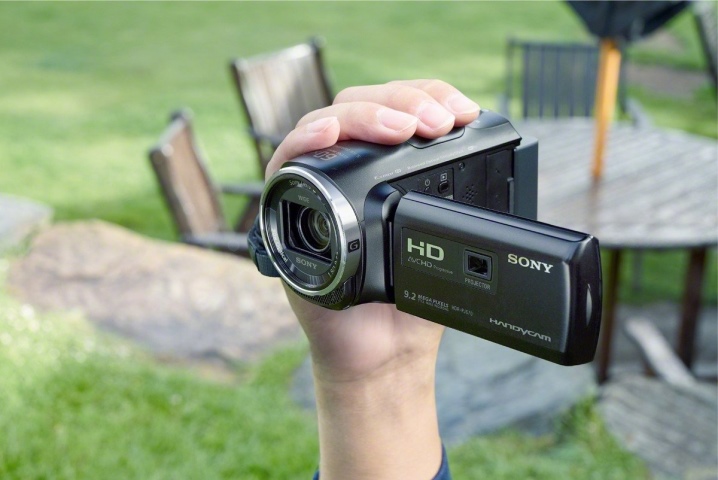
When a luminous flux appears on the surface of any cell, the system begins to generate an electrical impulse. The strength of the pulse is usually proportional to the intensity of the illumination. To turn a black-and-white picture into a color one, use RGB filters. Each cell is covered with a filter of only one color. They are divided into groups of 4 - first 2 green, then 1 blue and 1 red filter.
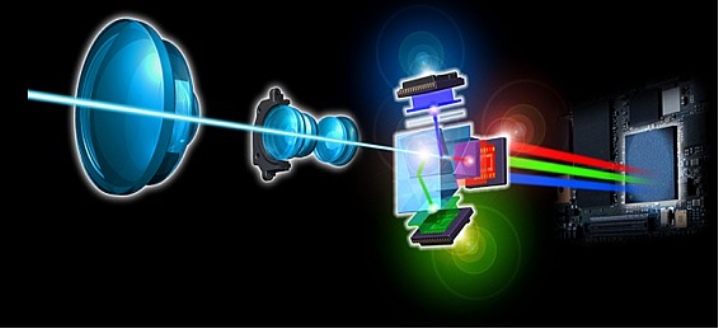
Further, the work includes:
- analog-to-digital converter;
- CPU;
- RAM and read-only memory systems;
- modules responsible for data transfer.

Comparison with other types of cameras
Digital camcorders differ from conventional cameras not only in the method of image acquisition. If this were the case, only professionals would be interested in specifics. The difference between digital cameras and analog cameras is that the first:
- better protected from outside interference;
- can transmit a signal not only via cable, but also in the wireless range;
- work better with non-specialized cables;
- are able to broadcast live on the Internet and simply connect to computers;
- give a picture of a higher level;
- are more expensive;
- may skip small sections during recording.
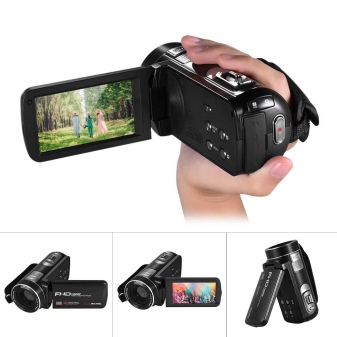
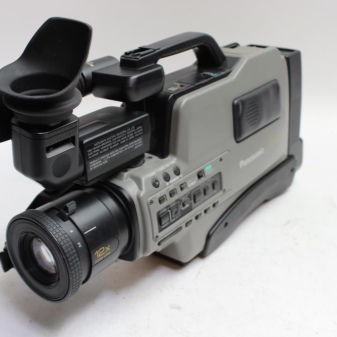
The difference between film and digital cameras is that even the best analog devices cannot guarantee resolutions above 1 megapixel. Modern electronics guarantees without any problems getting a picture with a quality of 5 megapixels. If you need to install a video surveillance system, then the installation of an IP system will be even easier.
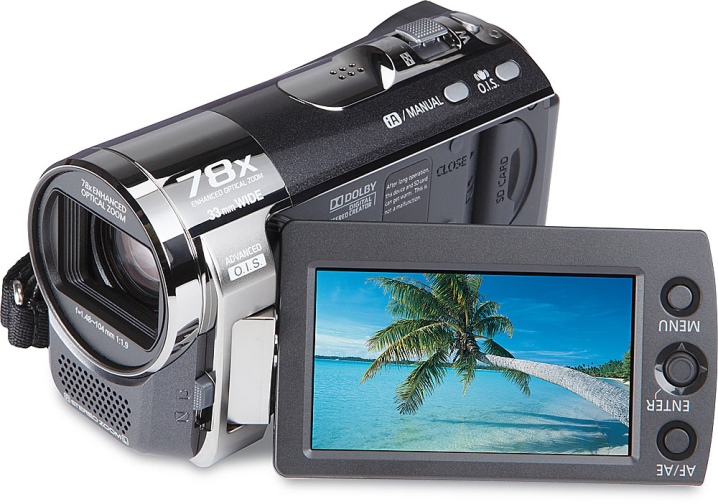
The film machine is necessarily equipped with a tape drive system. The recording will have to be digitized before transferring it to the PC.
Overview of varieties
It is appropriate to start the classification of digital video cameras with amateur models. They are relatively cheap and do not have interchangeable optics. The quality of the captured picture in difficult conditions can be quite poor. The size and functionality of the built-in microphone is sometimes disappointing. However, the functional characteristics of even most amateur versions are quite decent.
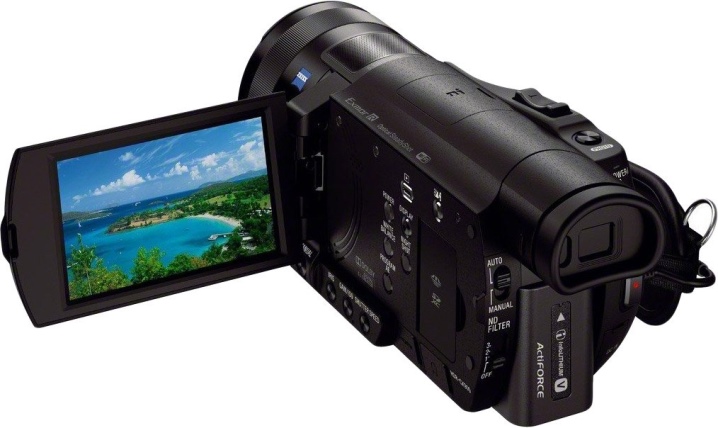
But digital cameras can also be of the semi-professional class. They usually have 3 dies with a minimum size of 0.25 inches. This allows you to increase the reliability of the image transmission. The unit weighs 2-4 kg, so many models come with a tripod. Most of the recordings go to removable media.

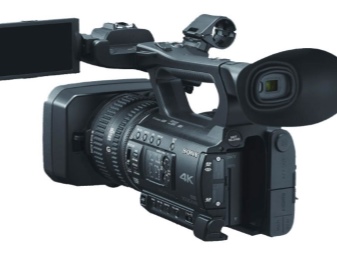
Action cameras should be mentioned separately. This is the name of a relatively compact device worn on the head. They are used by athletes (both professionals and amateurs). A similar technique is also widely used by video bloggers. It is characterized by:
- matrices with a resolution of 5-12 megapixels;
- viewing angles up to 170 degrees;
- the ability to record a picture in Full HD and higher;
- suitability for long-term work (2 hours or more).

By video media type
Oddly enough, cassettes are used for filming in many modern portable digital cameras. This media stands out for its unprecedented capacity / cost ratio. The miniDV can record up to 60 minutes of image. You have to pay for such a cassette an average of 125 rubles.
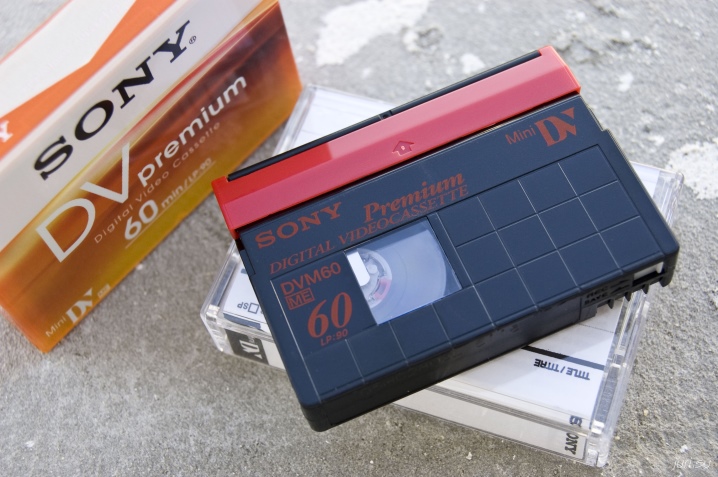
Important: contrary to the widespread stereotype, no “semi-digital”, but the most common digital information is recorded on cassettes.
The positive characteristics of cassettes are considerably overshadowed by the impossibility of direct access to a specific section of the recording - you will have to rewind the tape. More expensive media, such as:
- HDD;
- laser disc;
- flash cards.

By recording format
Compression helps save storage space. Single frame compression is referred to as DV. The compression ratio changes even in every frame, depending on the complexity of a particular area. As a result, the average value of the resulting stream is unchanged - 25 Mb / s. The size of the frames is 720x576 dpi.
MPEG-2 is also widespread. The point is in the selection of key frames. Compression is not about the images themselves, but about the differences between them. This solution guarantees a higher picture quality. However, the hardware resource costs are higher and the quality loss is more significant than that of miniDV. High resolution can be provided by HDV, AVCHD formats (other options are extremely rare in consumer technology).
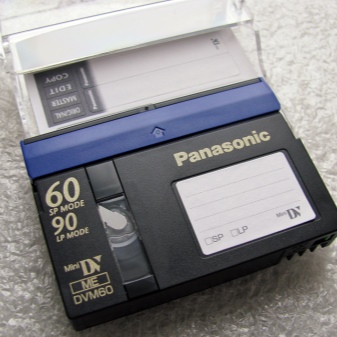
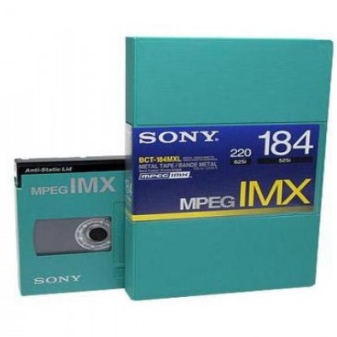
Popular models
Rekam DVC 340 turns out to be a worthy representative of the rating of the best camcorders. Cheapness does not prevent it from achieving excellent performance. The highest optical resolution is 1920 x 1080 pixels. After digital processing, this figure reaches 5 megapixels.Picture recording is possible on SD, SDHC media.
Other parameters:
- capacity of compatible media up to 32 GB;
- battery capacity 800 mAh;
- connection to PC via USB;
- backlight correction;
- fully Russified menu;
- matrix of CMOS format;
- shooting speed up to 25 frames per second.
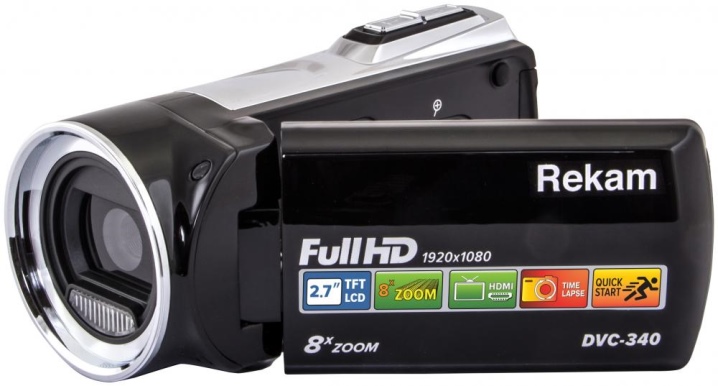
The Sony HDR-CX405 Handycam certainly deserves a look too. The camera is equipped with an image stabilizer. In video mode, the resolution reaches 1920x1080 pixels, in photo mode - 4032x2272 pixels. PAL, NTSC color systems are supported. Image recording is possible on MS memory cards; you can shoot subjects at least 1 cm away from the lens.
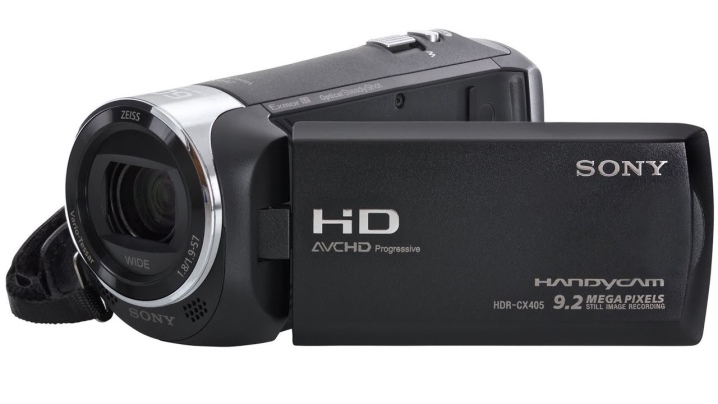
If you need to choose a semi-professional camera, then Sony PXW-X70 could be a great solution... It is equipped with a matrix with a resolution of 14.2 megapixels, optical stabilization and optical image magnification 12 times are provided. Realized video recording from 480i to 1080i, 1080p; 720p format is also provided. The image is recorded on SD, SDHC, MS Duo, SDXC cards, and the total weight is 0.9 kg.
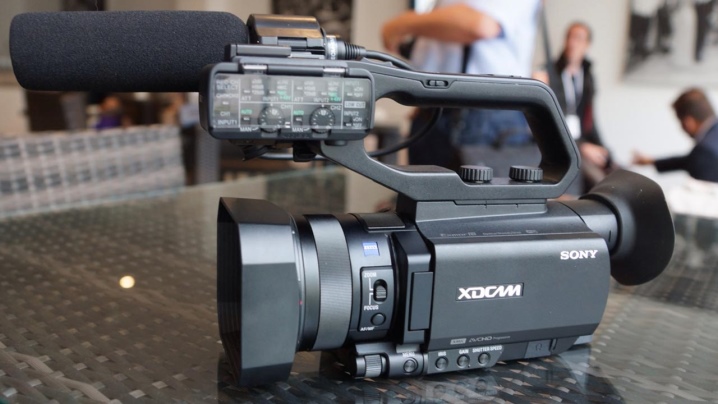
The compact Panasonic HC-VX1 is suitable for home use. Inside it is a MOS matrix, issuing 8.57 megapixels. Video shooting up to 4K resolution is guaranteed. The optical zoom with a factor of 24 is pretty decent; using digital components, the picture is enlarged up to 70 times. Users will be pleased with the manual focus mode, small size and modest price of the device.

If you need to select the smallest camera, it is worth paying attention to the Canon LEGRIA HF R88. The main working element is the CMOS matrix. The designers were able to achieve full HD resolution. The optical magnification of the picture and the simplicity of the interface also testify in favor of this model. A photographing mode is also provided.
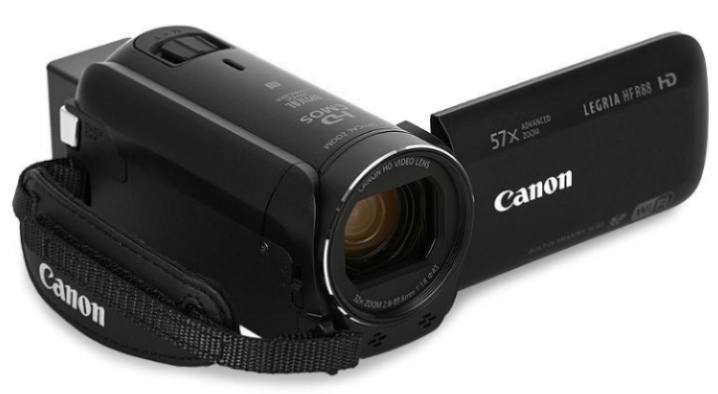
Selection Tips
But simply choosing a small or large digital camcorder is far from sufficient. More attractive models with accumulation of records on the hard disk. It is already enough for many hours of video recordings.
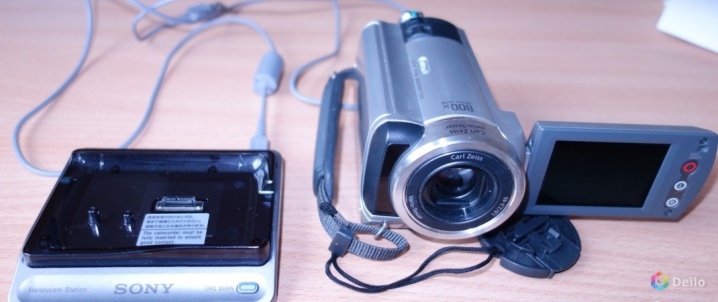
Be sure to pay attention to where the image is recorded. The capacity of DVDs is only sufficient for 20 to 35 minutes of high quality video.
Flash drives are only marginally superior to laser drives in terms of storage capacity. But there are no moving parts, which increases reliability. In addition, the rejection of mechanical elements reduces the overall load on the power supplies.
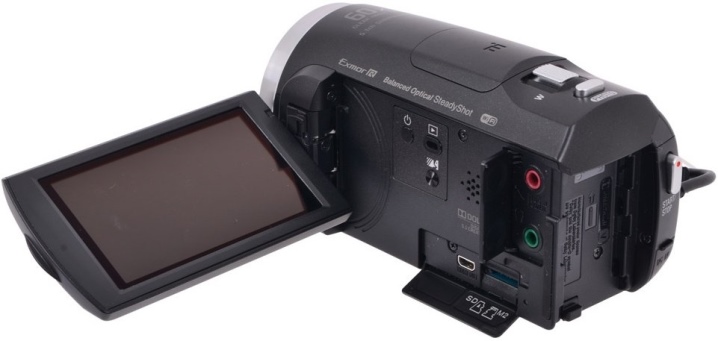
Important: the capacity of the batteries also deserves attention.
As for the recording formats, for an ordinary user there is not much difference between them, of course, until it comes to deep video editing. In this case, AVCHD will have to be abandoned, since not all video editors support it.
The resolution of the camera is selected taking into account where and how you plan to watch the recordings. So, on a regular TV with a screen of 21 inches, HD-quality of the picture will disappear. Even if the diagonal is 29 inches or less, the same situation develops. But when working with large liquid crystal and especially plasma screens, everything is a little different.
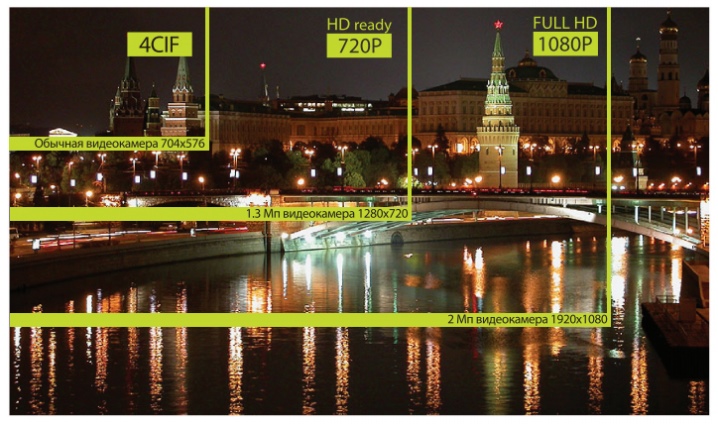
It makes little sense to focus on the manufacturer's brand. All firms have in their assortment both quite attractive and not very comfortable models. The same applies for the 3 CCD versions. They do not perform as well in all real situations as they would like. The camera electronics also play a role, which either "ruins" the work started by the matrix, or partially stretches the situation.
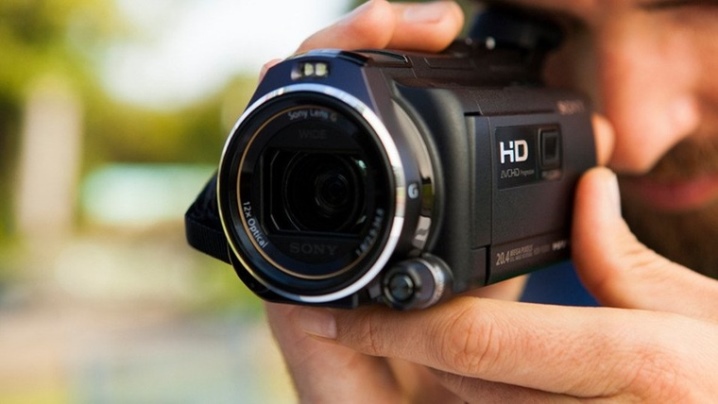
An overview of several models of digital camcorders in the video below.













The comment was sent successfully.